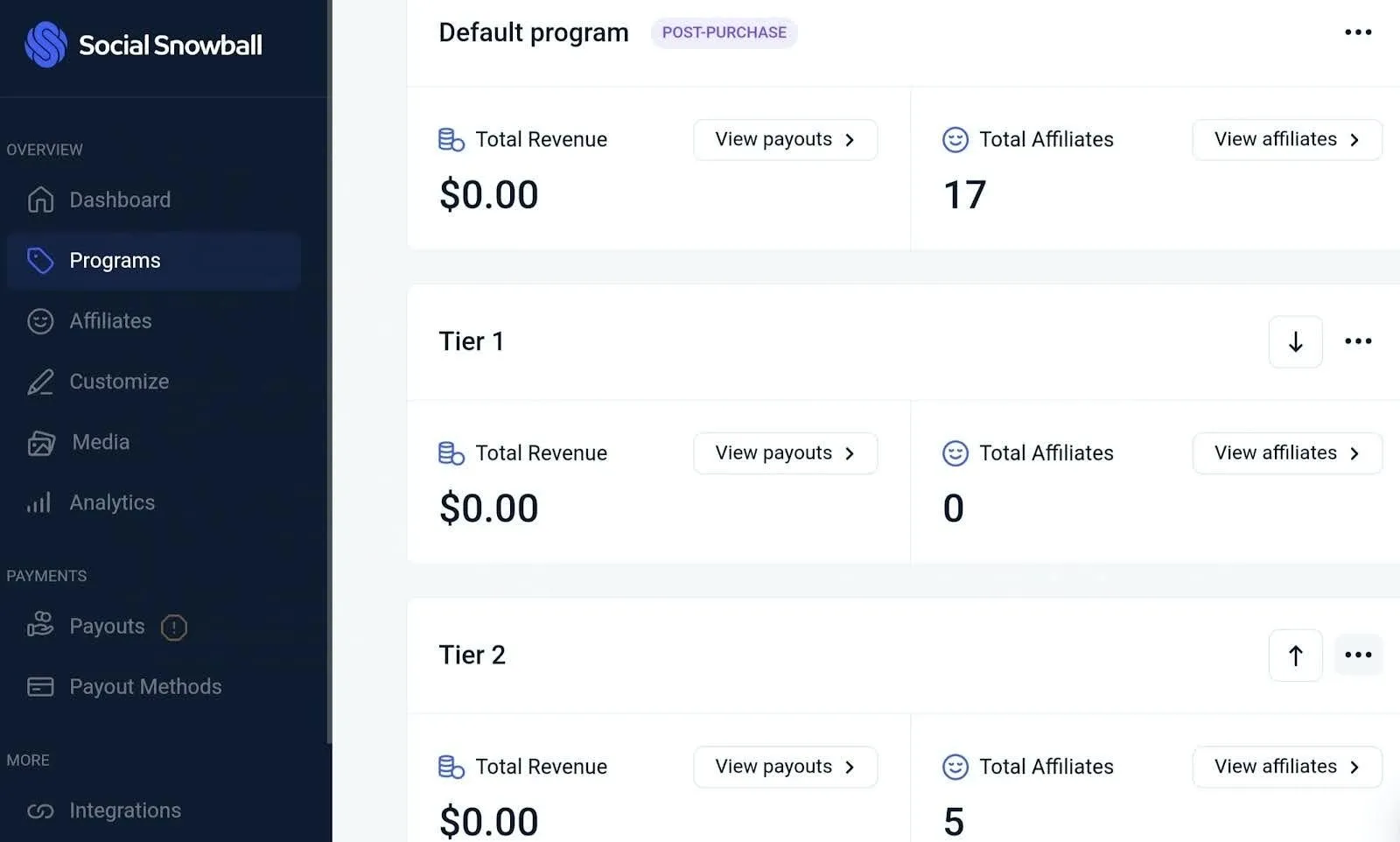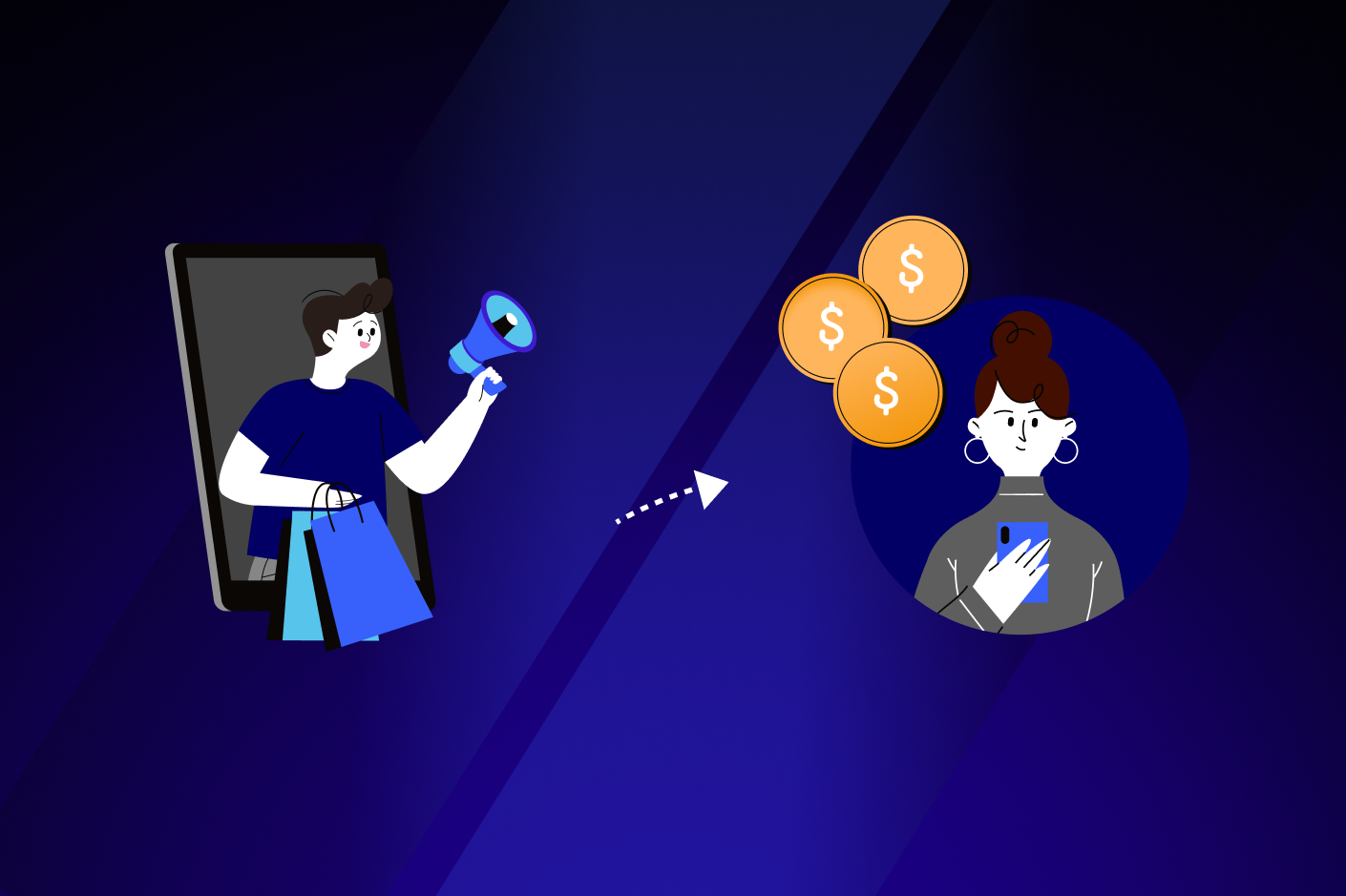UGC and affiliate videos consistently outperform polished studio ads because they feel real. Shoppers trust people more than polished campaigns, and that authenticity drives performance.
But here’s the catch: not all UGC converts. Most UGC gets attention, but few drive actual sales. The difference lies in how you identify what’s proven to sell, and how you adapt it for paid distribution.
This guide breaks down exactly how to find your highest-converting affiliate content, turn it into ad-ready creative, and scale it efficiently across Meta and TikTok, while keeping your process fast, measurable, and repeatable.
Why affiliate creatives perform best as paid ads
Affiliate creatives outperform brand-led ads because they combine authenticity with data-backed validation. Every piece has already proven its ability to convert before you amplify it with ad spend.
Here are some key reasons why affiliate creatives perform best in paid ads:
- Real social proof that drives clicks: The content comes from actual customers and creators, so it carries credibility that polished brand ads can’t replicate. People trust other buyers more than a brand script.
- Scroll-stopping, and not scroll-skipping: These videos match how people naturally consume content on TikTok or Reels (raw, relatable, and unfiltered), which keeps viewers from swiping past.
- Instant insights from organic data: You already know which creator videos perform organically before turning them into paid ads. That means every dollar you spend goes behind proven winners, not guesses.
- Cost and time advantage: You save on studio production and reshoots. Affiliates create ad-ready content at scale, letting you test dozens of hooks and formats quickly.
- Built for iteration: You can repurpose and test different versions of the same creative, like short cuts, captions, and overlays, to find new winners without starting from scratch.
How to pick, optimize, and use affiliate content for paid ads
Affiliate content can outperform your in-house creative but you need a system: identify what converts, get usage rights early, and repurpose those assets for paid performance without losing authenticity.
Here are 5 steps to pick, optimize, and use affiliate content for paid ads:
1. Identify winning affiliate content
Don’t guess which videos will work in ads. Instead, use actual sales and engagement data. Start by filtering affiliate content that shows both audience interest and commercial impact.
Here’s what to look for:
- Creators whose content drove the most sales or attributed revenue through affiliate links.
- High click-through and view-through conversion rates that demonstrate genuine buyer intent.
- Comment sections are full of signals like “Just ordered” or “Where can I buy this?”.
- Repeat creators who consistently perform well, and not one-off hits.
- TikTok or Instagram posts with strong save and send activity because people only share what they plan to buy.
- Hook retention and full watch-through data. If viewers stay, they’re interested.
Your winners are the pieces that drive both interest and sales—high CTR plus real conversions. That’s the content you should amplify.
Tools like Social Snowball automatically save every affiliate post in your media library. You can see all your creator content in one dashboard, compare it by sales or engagement metrics, and instantly flag the top performers for paid use.
For example, Wildbird, a babywearing brand, used Social Snowball’s link tracking and social listening tools to spot top-performing creator content and build a reusable UGC library. The result was $196K in affiliate-driven revenue, a 9.2x ROI, and 10+ hours saved every week through automation.

2. Get usage rights
Before turning affiliate content into ads, make sure to secure usage rights from the creator. This is not optional. It keeps you compliant and your creator relationships healthy.
Here’s what to define clearly:
- Duration: How long you can run the ad (e.g., 30, 60, or 90 days).
- Platforms: Where the ad can run, like TikTok, Meta, YouTube, etc.
- Edits allowed: Whether you can change captions, add overlays, or reformat videos.
- Compensation: One-time fee, ongoing commission, or performance bonus.
If you plan to run creator ads under their own profile (for stronger performance and lower CPMs), you’ll also need influencer whitelisting permissions.
3. Make affiliate content ad-ready
Affiliate content is powerful, but it’s not plug-and-play. To perform on paid channels, it needs structure (clarity, pacing, and direction) without losing the authenticity that made it work organically in the first place.
Step 1: Refine creator videos for paid performance
You don’t need to recreate ads, but you should tighten them for attention and conversion. Start by reworking the original UGC so it’s easy to watch, easy to understand, and impossible to ignore.
- Add headlines and CTAs: Provide clear direction on the next action.
- Layer in offer overlays or promo hooks: Turn passive views into urgency-driven clicks.
- Include subtitles and timed captions: Almost 90% of users scroll through videos without sound on mobile devices.
- Trim or remix longer videos: Cut them into short, variant-friendly clips for faster testing.
- Format for all placements: Export in 1:1, 9:16, and 4:5 to cover every ad channel.
Step 2: Optimize every second for conversion
You only have a few moments to earn attention and convert it. Focus on what makes people stop, stay, and buy.
- Hook within two seconds: If they don’t pause, they won’t purchase.
- Show the product benefit early: Don’t wait until the end to explain why it matters.
- Keep social proof visible: Use on-screen testimonials or review overlays for credibility.
- Add a clear CTA early and repeat it before the outro: Remind viewers how to act while they’re still engaged.
You can pull every high-performing clip directly from your Social Snowball media library. Each affiliate video is auto-saved with metrics, so you know which assets already have proof of purchase intent before spending a dollar on ads.

4. Launch and test
Once your ad-ready versions are prepared, don’t rush to scale. Start small, test methodically, and find the creative angles that deliver consistent results before increasing your budget. Start by running your content through low-spend creative testing campaigns before scaling:
- TikTok Creative Testing: Launch multiple hooks or intros under the same product line to see what drives thumb-stops and watch time.
- Meta Advantage+ Asset Testing: Compare creative variations to identify which combination of visuals, hooks, or captions reduce CPA.
Additionally, focus on testing angles, and not just variations:
- Problem–solution: Show the pain point and how your product fixes it.
- Reaction/testimonial: Capture real user results or emotional responses.
- Unboxing / “how I use it”: Build trust through authentic use.
- Comparison / “I switched from…”: Convert hesitant buyers by addressing the alternative head-on.
Bonus tip: Identify one or two creatives with a repeatable pattern (low CPA, high watch-through, and strong engagement), and move those into your main acquisition campaigns with confidence.
5. Scale winning assets
Once you’ve identified high-performing creatives, the goal shifts from testing to scaling without sacrificing efficiency. The key is to carefully move proven content into your main campaigns, expand reach, and keep performance stable as spend rises.
Here’s how you can scale winning assets:
- Integrate winning creatives into main campaigns: Add your top-performing UGC ads into always-on (BAU) campaigns across Meta, TikTok, or YouTube. These creatives have already proven they convert, so your main objective now is to sustain that performance under larger spend.

- Scale with control: Increase budgets gradually. For instance, 10–20% every few days, while tracking customer acquisition cost (CAC) and marketing efficiency ratio (MER). Scaling too fast often inflates acquisition costs before algorithms stabilize.
- Keep content fresh: Ad fatigue sets in fast with high-frequency UGC. Rotate new affiliate creatives regularly to maintain engagement. You can pull fresh videos from your Social Snowball media library; the newest high performers will already be tracked and ready for use.
- Strengthen creator relationships: Turn your best-performing affiliates into long-term brand partners or ambassadors. They understand your product, know what drives conversions, and can deliver consistent, authentic content that scales profitably.
You can also use Social Snowball’s tiered commission system to reward top creators, automate bonuses, and build ongoing relationships without manual outreach.

Improve your paid ads performance with better creatives
The future of paid ads belongs to performance-driven UGC: content created by real customers and creators who already know how to sell your product naturally. When you turn that organic proof into paid assets, your ad spend works harder and your creative testing becomes faster, cheaper, and more reliable.
Affiliate content gives you the fastest, lowest-risk path to paid scale. You don’t need studio shoots or endless iterations. Instead, your best-performing videos already exist inside your community.
With Social Snowball, you can build this workflow end-to-end:
- Save and organize affiliate UGC automatically: Every creator video, TikTok Shop clip, or tagged post is stored in a searchable media library you can filter by metrics.
- Find your top-performing content instantly: Identify which pieces are driving the most sales, clicks, and engagement that you can easily turn into ads.
- Avoid creative fatigue: Pull fresh content regularly from your library and keep campaigns performing longer.
- Manage everything from one place: The all-in-one affiliate dashboard handles onboarding, payouts, and content tracking.




.webp)
.webp)





